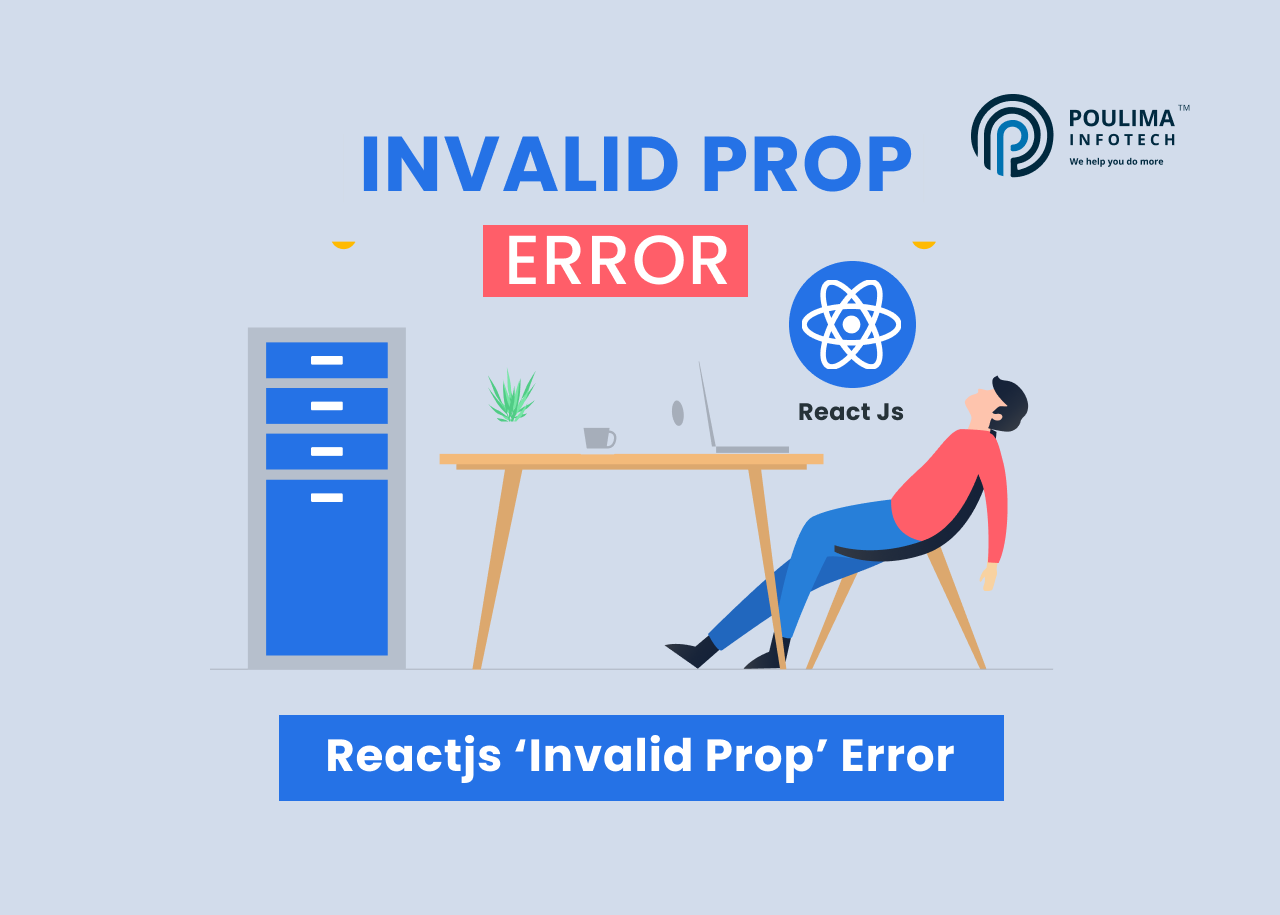Troubleshooting 'Invalid Prop' Error in React.js
In the fast-paced world of web development, React.js has emerged as a powerful and versatile library for building dynamic user interfaces. However, as with any technology, developers often encounter hurdles that need to be overcome to create seamless and error-free applications. One common roadblock is the dreaded ‘Invalid Prop’ error, which can disrupt the flow of your application and leave you scratching your head. In this comprehensive guide, we will delve into the depths of this error, understand its causes, and equip you with the knowledge to overcome it effectively.
Understanding the 'Invalid Prop' Error
At its core, React.js revolves around components and props. Components serve as the fundamental building blocks of your application’s user interface, while props facilitate the transfer of data between these components. The ‘Invalid Prop’ error arises when attempting to pass an improper or unexpected value to a React component through its props. Props, an abbreviation for properties, represent a foundational concept in React that empowers components to receive and utilize data from their parent components. When a prop is supplied with an inappropriate value, React raises an error to prevent potential issues and maintain the application’s integrity. This precautionary measure assists in avoiding unexpected behaviors and even potential application crashes.
Identifying the Causes of the 'Invalid Prop' Error
To effectively resolve the ‘Invalid Prop’ error, it is essential to understand its underlying causes. Let’s explore some common scenarios that can trigger this error:
1. Mismatched Data Types
One of the primary causes of the ‘Invalid Prop’ error is a mismatch between the expected data type defined in the component’s prop declaration and the actual value being passed. For instance, if a prop expects a string but receives a number, React will throw the error.
2. Missing or Undefined Props
Another common scenario leading to the ‘Invalid Prop’ error is when required props are not passed to a component or are left undefined. React components often have specific props that must be provided to ensure their proper functioning. Failing to provide these props correctly can result in the error.
3. Typos and Misspelled Props
Human error can also play a role in triggering the ‘Invalid Prop’ error. Typos or misspellings in prop names can cause React to fail in recognizing the intended prop, leading to the error.
Resolving the 'Invalid Prop' Error
Now that we have a solid understanding of the potential causes, let’s dive into the strategies for resolving the ‘Invalid Prop’ error in ReactJS:
1. Check Prop Definitions
Begin by thoroughly reviewing the component’s prop definitions. Ensure that the expected data types align with the values being passed. If necessary, update the prop definitions to match the correct data types.
jsx
import PropTypes from 'prop-types';
function MyComponent(props) {
// Ensure prop definitions match correct data types
return <div>{props.message}</div>;
}
MyComponent.propTypes = {
message: PropTypes.string.isRequired,
};
2. Verify Prop Usage
Inspect the component where the error is occurring and verify that the props are being used correctly. Check if any required props are missing or if they have been unintentionally set to undefined. Ensure that all necessary props are provided when using the component.
jsx
function ParentComponent() {
return <ChildComponent />;
}
function ChildComponent(props) {
// Verify prop usage and provide necessary props
return <div>{props.name}</div>;
}
ParentComponent.propTypes = {
name: PropTypes.string.isRequired,
};
3. Debug Prop Values
To effectively resolve the ‘Invalid Prop’ error, it is essential to understand its underlying causes. Let’s explore some common scenarios that can trigger this error:
jsx
function DebugComponent(props) {
// Add debug statements for prop values
console.log('Prop value:', props.data);
return <div>{props.data}</div>;
}
DebugComponent.propTypes = {
data: PropTypes.string.isRequired,
};
4. Review Component Hierarchy
To effectively resolve the ‘Invalid Prop’ error, it is essential to understand its underlying causes. Let’s explore some common scenarios that can trigger this error:
jsx
function GrandparentComponent(props) {
return <ParentComponent data={props.data} />;
}
function ParentComponent(props) {
return <ChildComponent data={props.data} />;
}
function ChildComponent(props) {
// Review component hierarchy and prop flow
return <div>{props.data}</div>;
}
GrandparentComponent.propTypes = {
data: PropTypes.string.isRequired,
};
5. Utilize PropTypes
To effectively resolve the ‘Invalid Prop’ error, it is essential to understand its underlying causes. Let’s explore some common scenarios that can trigger this error:
jsx
import PropTypes from 'prop-types';
function PropTypesComponent(props) {
// Utilize PropTypes to specify expected prop types
return <div>{props.value}</div>;
}
PropTypesComponent.propTypes = {
value: PropTypes.number.isRequired,
};
Creating a Diagram for Visual Understanding
For a clearer understanding, consider this mermaid diagram depicting the flow of data and props between components:
mermaid
graph LR
A[Parent Component] -->|Prop| B[Child Component]
B -->|Data| C[Another Child Component]
B -->|Data| D[Yet Another Child Component]
The diagram illustrates the flow of data and props between different components in a React.js application.
Parent Component (A): This represents a higher-level component that contains and manages other components. It passes data to its child components through props.
Child Component (B): This is a component nested within the parent component. It receives data from the parent component as props. The diagram uses the notation –>|Prop| to indicate the flow of props from the parent to the child.
Another Child Component (C): This is another component at the same level as the previous child component. It also receives data from the parent component through props. The diagram shows the flow of data from the same parent to this component using the notation –>|Data|.
Yet Another Child Component (D): This is yet another component that receives data from the parent component. Similar to the previous child components, it receives data through props, as indicated by the notation –>|Data|.
In simpler terms, the diagram shows how a parent component passes data to its child components using props. Each child component can receive different sets of data (props) from the parent. This flow of data enables components to communicate and work together within a React.js application.
Conclusion
In the dynamic realm of React.js development, encountering the ‘Invalid Prop’ error is not a matter of “if,” but “when.” Armed with the knowledge gained from this guide, you are now better equipped to tackle this error head-on. By ensuring prop type consistency, validating and providing props correctly, and leveraging debugging tools, you can navigate through the complexities of React.js development with confidence. Remember, conquering errors like these is a crucial step towards creating robust and reliable applications that provide an exceptional user experience.
So, go forth and code fearlessly, for you now possess the insights to conquer the ‘Invalid Prop’ error and elevate your React.js development skills to new heights. Happy coding!



